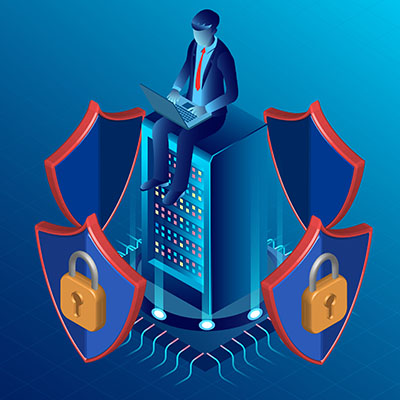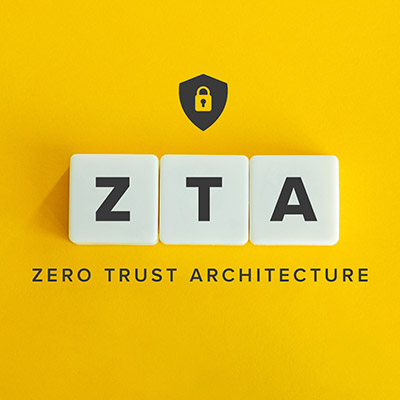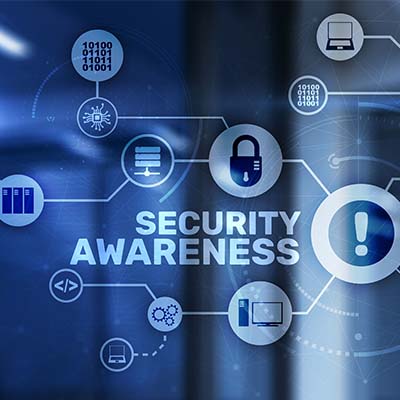Millions of people find themselves sitting in front of a computer moving files around and corresponding with people over the phone, through email, or updating info in the company’s line of business app. What many of them don’t know, however, is that, at any time, they are only a couple of clicks away from causing major problems for their company. Therefore, it is extremely important to train your staff on what to look for and how to address those situations when they do arise.
Cybercrime is often thought of as a loner’s game. There is this misconception that all hacks are carried out by hoodie-clad people in dark corners of a room. Nothing could be further from the truth. Today, we will take a brief look at organized cybercrime and why its growth is an ominous sign for businesses.
We like to focus our efforts on preventing data breaches and cybersecurity attacks, but it’s important to know what you should do if you do fall victim to such an attack. Let’s go over how you should respond to a data breach and what you must consider to come out on the successful side of it.
Ransomware is perhaps one of the most difficult types of malware to handle, and it has enabled cyber-extortion to flourish over the past several years. As a business owner, you need to know what ransomware is, how it should be addressed, and how to protect against it.
Your wireless routers do a lot of heavy lifting, and give a lot of devices access to the rest of your network. Protecting your personal and business data is extremely important, and if you can secure your router it can go a long way toward tightening up your network’s security. Let’s take a look at a couple of practices that work to keep your wireless Internet secure.
Passwords have been front-and-center for data security since 1960, but even their creator–MIT researcher Fernando Corbató–doesn’t think he should take full credit passwords. In fact, if you brought this up to the researchers who did create them, they would tell you that the security concerns for their time were much more limited.
Cybersecurity is anything but a new concept, and if recent and current events are any indication, the concept isn’t going anywhere anytime soon. Let’s take a few moments to consider some of the bigger threats currently out there, and how they will influence the threats we see going forward from here.
Google Chrome is a widely used and popular web browser, and because of its popularity, it is a common target for hackers. A recent study showcases how there are more zero-day threats being discovered for Google Chrome, but don’t despair; it might not be a bad thing for your favorite web browser. Instead, it could signify exactly the opposite.
It’s often difficult to figure out who and what you should trust with your business’ cybersecurity. How can you know for sure that each individual accessing your infrastructure is secured from threats? A zero-trust model can help by providing reassurance that everyone accessing your network is who they say they are.
News flash, cybersecurity is pretty important, and the Internet is chock-full of threats that you need to take seriously. However, with today’s youth practically growing up connected to the Internet, it becomes even more important than ever to ensure that they are aware of cybersecurity best practices early in their lives. To this end, Google has created a platform called the Be Internet Awesome initiative.










